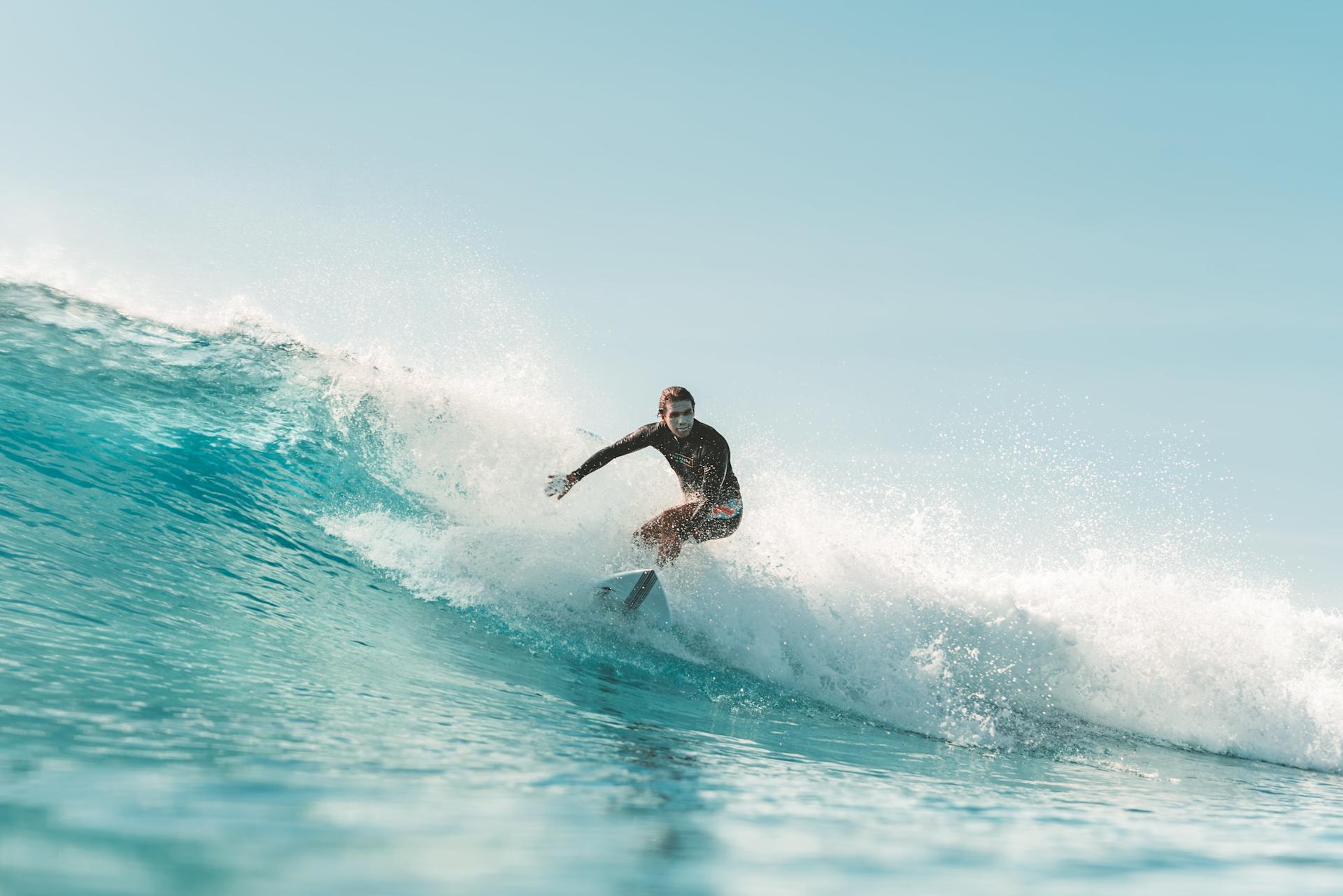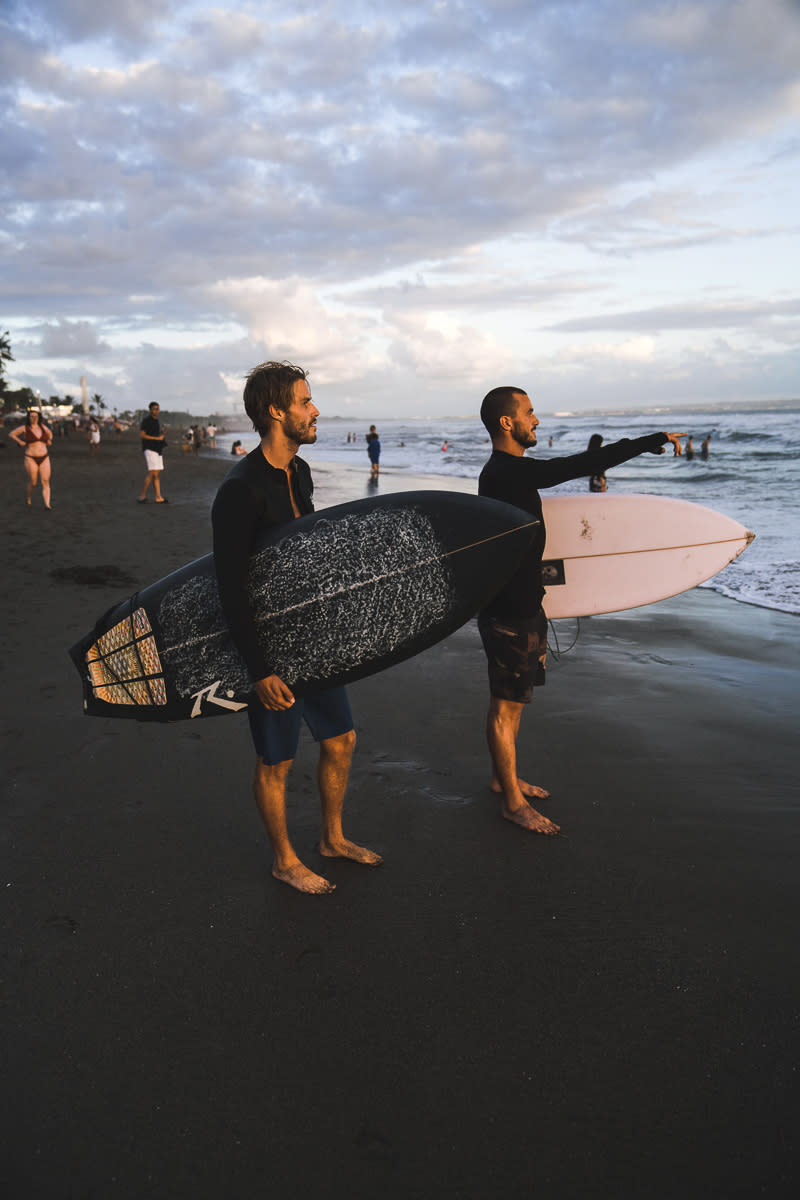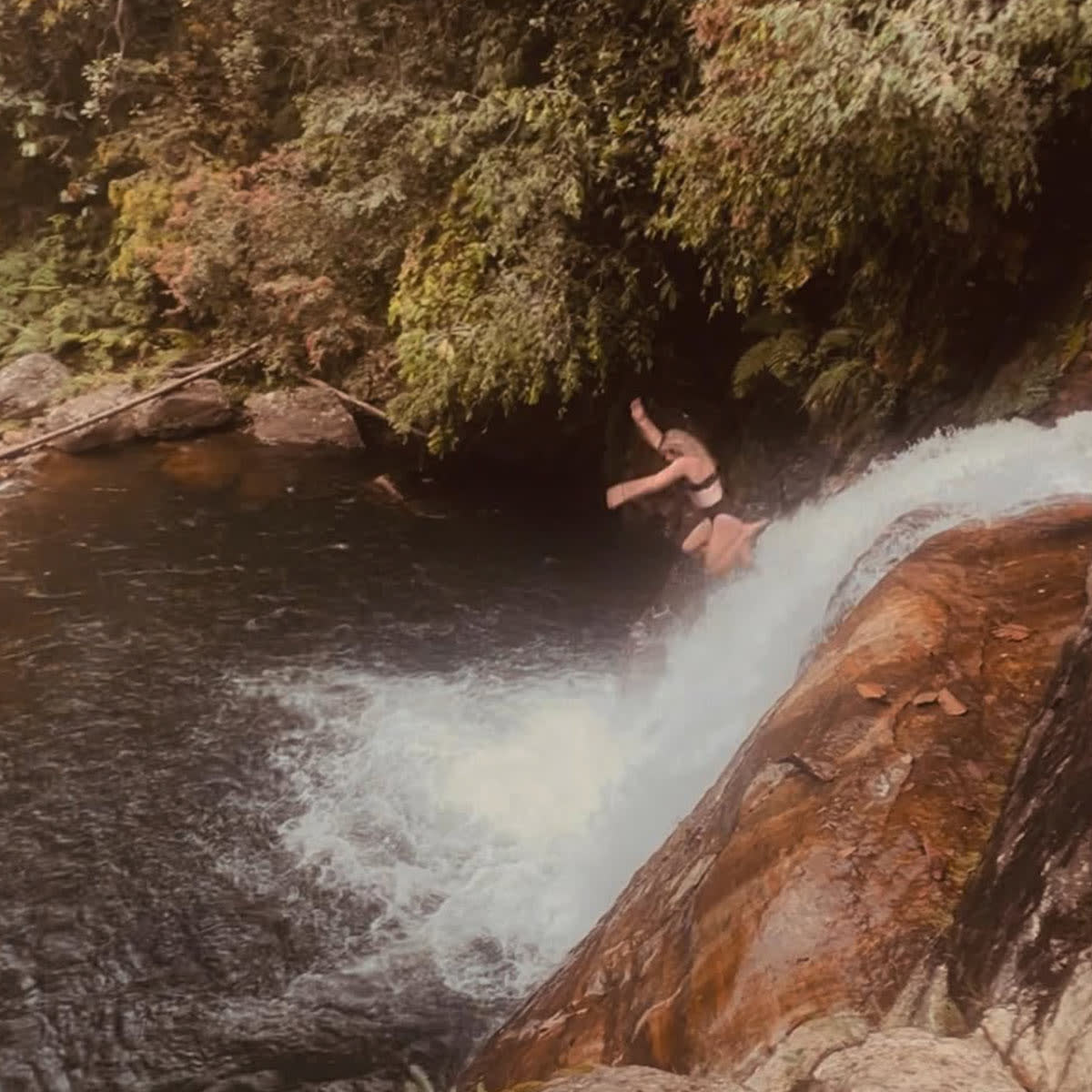
Top 10 Advanced Tips & Technique To Take your Surf to the Next Level
June 30, 2025With the help of our global surf manager João Durão we list our best advanced surf tips and techniques. Tips that can help you year in and year out as you continue to progress in your surfing. From getting your bottom turn right to improving your snap – here are our top 10 tips!
As an experienced surfer, you spent countless hours in the ocean. You advanced from beginner to intermediate to advanced, and at this point, you feel really comfortable in the waves. But if you want to improve your surfing even more, then paying attention to details is the essential thing to keep in mind to continue your progress. João Durão is the global surf manager for our camps. Here are his best advanced tips and techniques that he picked up during his twenty years of surfing:
1. Try different spots and boards
– My first tip is to surf different spots! Travel as much as possible to surf and explore new waves. Try different boards from different shapers and experiment with different fins, waxes, leashes and wetsuits. See what is out there!
2. Continue to educate yourself out of the water
– Watch surf clips and surf competitions when you have time. Read about surfing and learn the judgment criteria. Perhaps even take the ISA international judging course!
Watching the surfing videos in slow motion is an extra tip to get a clearer vision of what the pro surfers are doing on the waves.
3. Look over your daily habits

– Go to bed early to get those early sessions and have a healthy lifestyle. Work on breathing exercises. Then it’s a great idea to improve your overall strength, flexibility, and balance. Lookup exercises for the core and training programs that are designed for surfing. Practising your swimming skills and picking up surfskate are also good habits to improve your surfing.
4. Work on your bottom turn
Improving your bottom turn is a key part of advancing in your surfing. This process can take years and years to get right and it separates the great from the mediocre. Check out this post to read João’s best tips on how to do a bottom turn and to watch our bottom turn surf tutorial.
5. Improve your rail to rail work
Using your rails while surfing will help you to generate speed in your bottom turns and help out a lot with different manoeuvres. To improve your rail surfing, João list these points:
Choose long waves that offer the possibility to ride them for a longer period. And practice, practise, practice the rail to rail movement!
Create as little drag as possible with your board, you want to surf the rails and not have your board flat on the water.
Work on your weight transfer and feet positioning on the board as you try to shift weight from rail to rail.
Ride the highest part of the wave (or steepest), this is where the speed and momentum are.
Timing and rhythm are key factors as you surf the wave!
Look at old school surf movies and analyze how they performed rails transitions.
Practice surfskate drills with obstacles on land to help your speed generation on flat ground using rail to rail technique.
Work on compressing and extending body movements and exercises to help you get the movement pattern that is needed between rails transitions.
Work on twist and rotate exercises to help you improve your body mechanics needed for all surfing manoeuvres especially rail to rail work.
6. Choose the right waves
To choose the right waves you need to know how to read the ocean and ask questions like:
What type of break is it? Is it a beach break, reef break, point break or river mouth break?
What type of wave is it?
Is it one lineup situation or a multiple lineup situation?
Which tide is the best for the break?
What are the wind speed and directions?
What is the swell size and wave period?
How many waves are in the sets and how much time is between the sets?
What is the bathymetry situation? How does the ocean floor look at this spot?
Are there any dangerous conditions on this spot?
– When answering these questions you’ll have the information needed to evaluate the spot and see which waves are the best to catch. Look for good surfers in the water and sit where they sit. Spend time analyzing the spot before you go in the water and ask friendly locals for advice and tips. A good tip is to have a strategy before you enter the waves so that you won't feel lost and pay the price by getting smashed or getting the worst waves of the day.
7. Check the swell

– You can check all the information about swell size, direction and period on the internet by downloading weather reboot or surfing apps. Or simply go to websites like Windguru, Magic seaweed and Surfline. There you can access all the details you need when choosing the spot to surf. The period of the swell will be one of the most important things when reading the forecast. Since it shows the energy, consistency and power of the waves travelling to hit the shore. The longer the period is; the more powerful and bigger the waves will be.
So be careful when seeing those 16 to 18 seconds period swells!
8. Practice your duck dive

– Use a board that you are able to sink down under the wave with, this will not be possible with a bigger board that has too much floatation. Practice duck dives in flat water, like in a pool or in smaller white waters by the shore before attempting them in the bigger waves. Paddle with commitment towards the wave before duck diving, speed is crucial to penetrate the water deeper! Push the nose down and forward in the water and kick the tail down with your back foot or knee.
Bring your body close to your board and keep the board stuck to you when you’re underwater. Relax and hold onto your board when you’re feeling the wave hitting you, wait for the wave to pass and don’t come back up too fast.
9. Improve your cutback
A cutback is when the surfer uses their rails to change direction and go back towards the waves breaking part.
– The first thing to work on to improve your cutbacks is your bottom turn. Without a good bottom turn, you can forget doing cutbacks! Start with surfing small waves that will allow you to cutback with control. Stay closer to the pocket and focus on your vision and arms first when aiming at the section behind you. Your foot placement and weight transfer are crucial to performing a good bottom turn without losing speed in between the turn.
10. Advance your snap
– To improve your snap you must surf steep waves. Improve your steeper bottom turn and vertical top turn technique, this will allow you to perform the snap on the nice critical section of the wave. Believe that you’re gonna land the manoeuvre and compress your body when coming down the turn. Repeat as many times as possible and have someone record it for you to see after!
NEWSLETTER
Stay up to date, sign up for our newsletter

Beatrice Lindfors
About the author: My name is Beatrice, but Bea for short, and I’ve been a writer and content creator for Lapoint since 2022. My life revolves around my laptop and backpack as I travel the world (always with a stop in Ericeira; the camp vibe there and the Portuguese sunset have my heart). Life goal? Visit every country.
Obsession? The Sri Lanka waves, the Atlantic Ocean and tracking down the best coffee –whichever my current location is.

